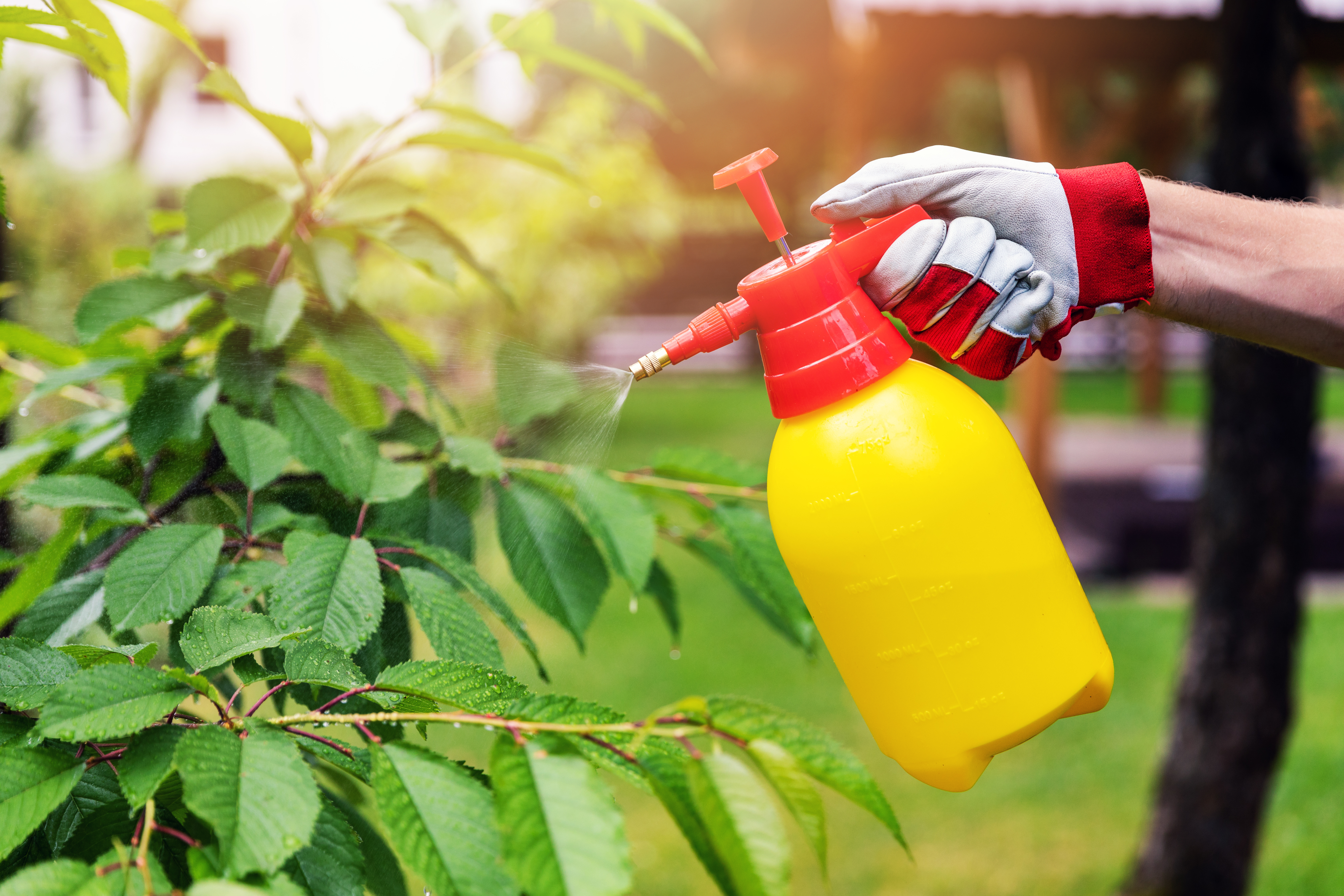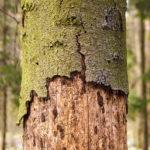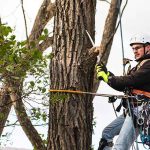How to Save a Life: 5 Tree Disease treatments to Try When Your Trees are Diseased

Ah, spring. What could be more relaxing than sitting under your favorite maple tree, sipping coffee on a cool early May morning?
But what if your favorite tree–you know, the one your son used to climb when he was a little boy, the one you gathered your family around for reunion photos, the one that sheltered you and your boo as you snuggled under the stars–no longer looked so robust?
What if instead of the strong limbs, the straight, powerful trunk, the bountiful green leaves, you found cracked and broken branches, pale and pocked foliage, a bent or bowed trunk?
These are all signs that your tree could be dying.
You’d want to do all you could to save your old family friend, right? Then never fear–because here you will find the five best strategies for tree disease treatment.
1. Research Tree Disease Treatment
If you’re going to save your tree, or at least prevent the disease from spreading, then you’re going to have to do some research.
The fact is, there are thousands of tree diseases. Effective diagnosis requires you to know things like what kind of trees you have, what your soil and climate conditions are like, and what the most common causes of tree disease are.
Fortunately, there are countless authoritative resources online to help you with this. With a little digging, you can identify your tree species, the kinds of diseases to which they are vulnerable, the symptoms of the disease, and the most effective treatments.
While you’re researching, it’s also a good idea to explore what disease are prevalent in your particular area and climate conditions.
2. Ensure Your Tree Is Getting Its Nutrients
If your tree is hungry or thirsty, it’s going to be more vulnerable to disease and it will also have a much harder time surviving.
Do a little inspection of your old friend. If you find that your tree’s growth is stunted, or its leaves appear to be yellowed or wilted at the tips, this may be a sign of a nutrient deficiency in your soil.
3. Get to the Root of the Problem
Another nutrition-related issue pertains to the tree’s root system.
Do you mulch your trees? Your efforts to be a good steward might actually be backfiring on you. Too much mulch can actually suffocate the root system, so be sure to leave your tree a bit of breathing room.
While you’re tending the roots, don’t forget to be on the lookout for any exposed roots. These are highly vulnerable to root rot, among the most lethal of the tree diseases.
4. Cut it Out
Pruning is probably one of the scariest things for a tree owner, but it’s also one of the most important.
When you prune, not only do you reduce the risk of injury and property damage from falling limbs (or worse), but you also reduce the stress on your tree by removing diseased branches.
This also decreases the likelihood of the disease spreading to your other trees, as many tree diseases are highly contagious.
5. Call in the Big Guns
Treating disease in your trees is not easy. Often, the early signs are subtle. You may not even be able to tell your trees are dying until it is too late.
That’s why sometimes the best offense is a good defense. Calling in the experts to take a look at your beloved birch, your special spruce, is never a bad idea.
They can spot signs of disease and decay often far earlier and more accurately than the non-pro. Plus, whether the culprit is fungus or pests, climate or some other cause, they have the tools and the expertise to treat even the most aggressive disease.
The Takeaway
Identifying the proper tree disease treatment is no simple matter, but it’s worth the effort.
There are few things sadder than the slow decay of an oak that has stood for centuries. There are few sights more depressing than that of an empty landscape.
This is why timely intervention is imperative–because the beloved trees that have nurtured and sheltered you and your family deserve the same kind of care.
Contact us to see how we can put our expertise to work for you and your “family tree”!
More...
Categorised in: Tree Service



